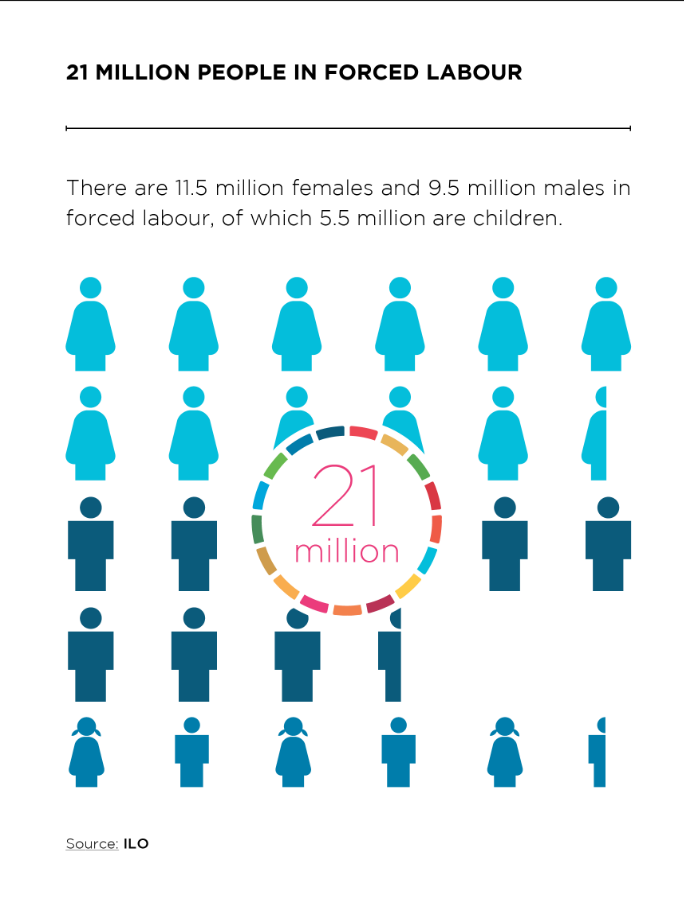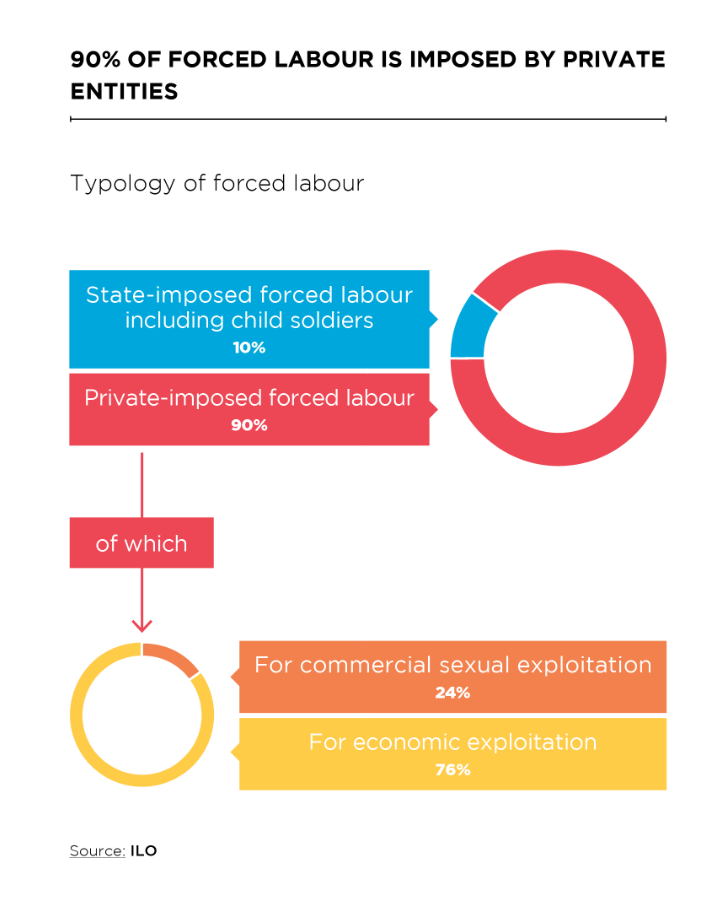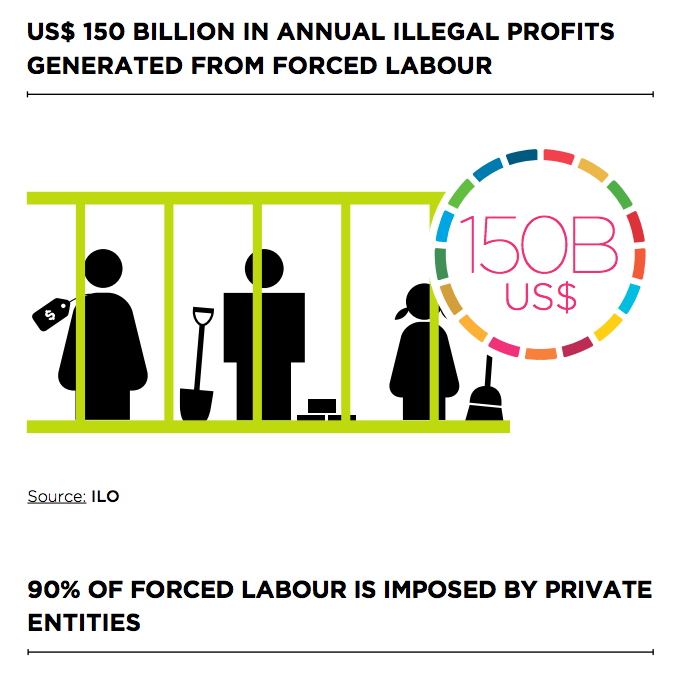Unjust and Underexposed: An Introduction to Human Trafficking
- Claire LeBlanc
- Jul 26, 2017
- 2 min read

Human trafficking is a global issue that affects developing and developed countries alike; the practice is found within the United Kingdom and Scotland as well. This largely hidden crime is becoming more visible as governments, leading labour organisations, and civil society groups work to combat it, prosecute those who engage in the act, and support its victims. In the lead up to the United Nations’ July 30 World Day Against Trafficking Persons, UN House Scotland aims to raise the level of awareness on the crimes of human trafficking and its illegal components, including labour and sexual exploitation of adults and children, domestic servitude, and criminal exploitation, among others. This blog series will explore the current statistics of the criminal practice and take a closer look at its presence in the United Kingdom and Scotland.

According to the U.N. human trafficking is the recruitment, transportation, and harbouring of people using force or other forms of coercion to achieve control over another person for the purposes of exploitation. People are trafficked for many exploitive purposes, such as:
Labour exploitation
Sexual exploitation
Removal of organs
Forced begging
Selling children
Forced marriage
Child labour
Child soldiers
The International Labour Organisation (ILO) estimates that there are 21 million people in forced labour, trapped in jobs which they are forced into and cannot leave. Most forced labour, around 90% or 18.7 million people, is perpetrated in a private economy by people or industries. These industries include such things agricultural work, domestic work, construction, and manufacturing. Of the 18.7 million estimated to be trafficked into forced labour, 4.2 million of those are trafficked for the purposes of sexual exploitation.

Labour can also be forced on a person by the State, such as through prisons, or through work imposed by armed rebel groups or state military. State-forced labour accounts for an estimated 2.2 million of the total global population of forced labour.
Even though it is illegal, human trafficking, modern slavery, forced and child labour is big business: the industry generates U.S. $ 150 billion annual profits, much of which flows through formal financial institutions.
*For more information or to contribute to the UNHS conversation about human traffiking, tweet using #seemefreeme.
Infographics Courtesy of Alliance 8.







